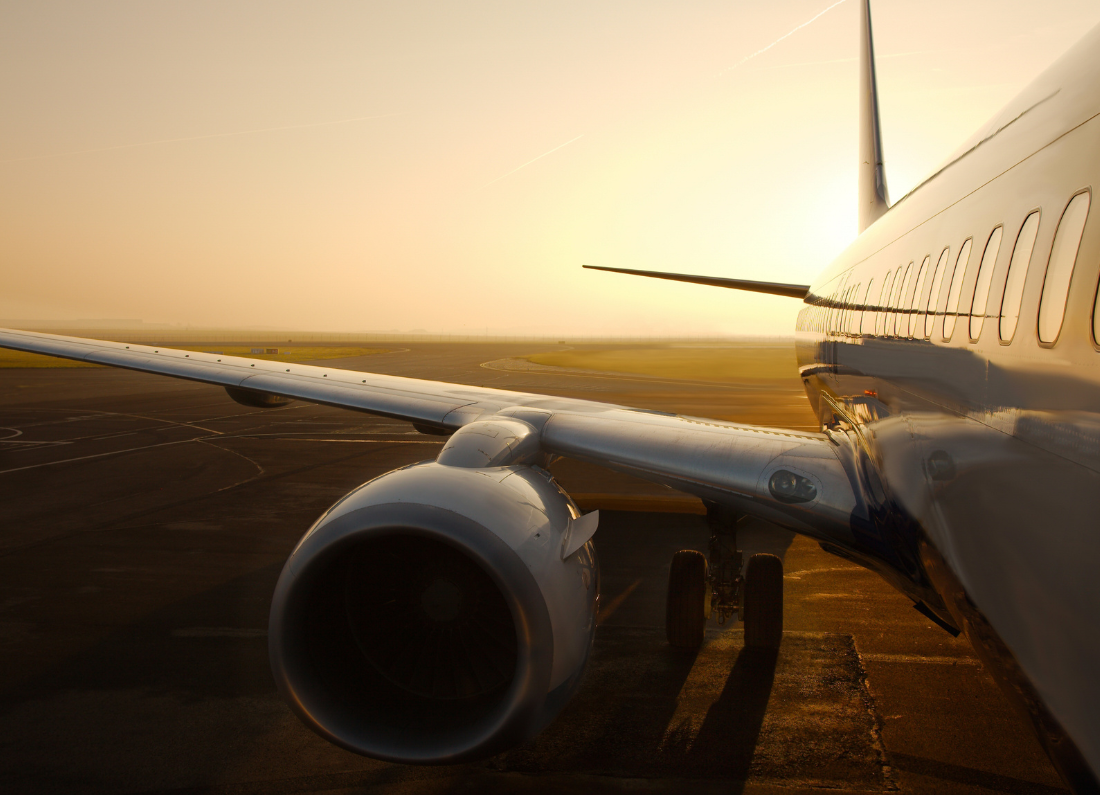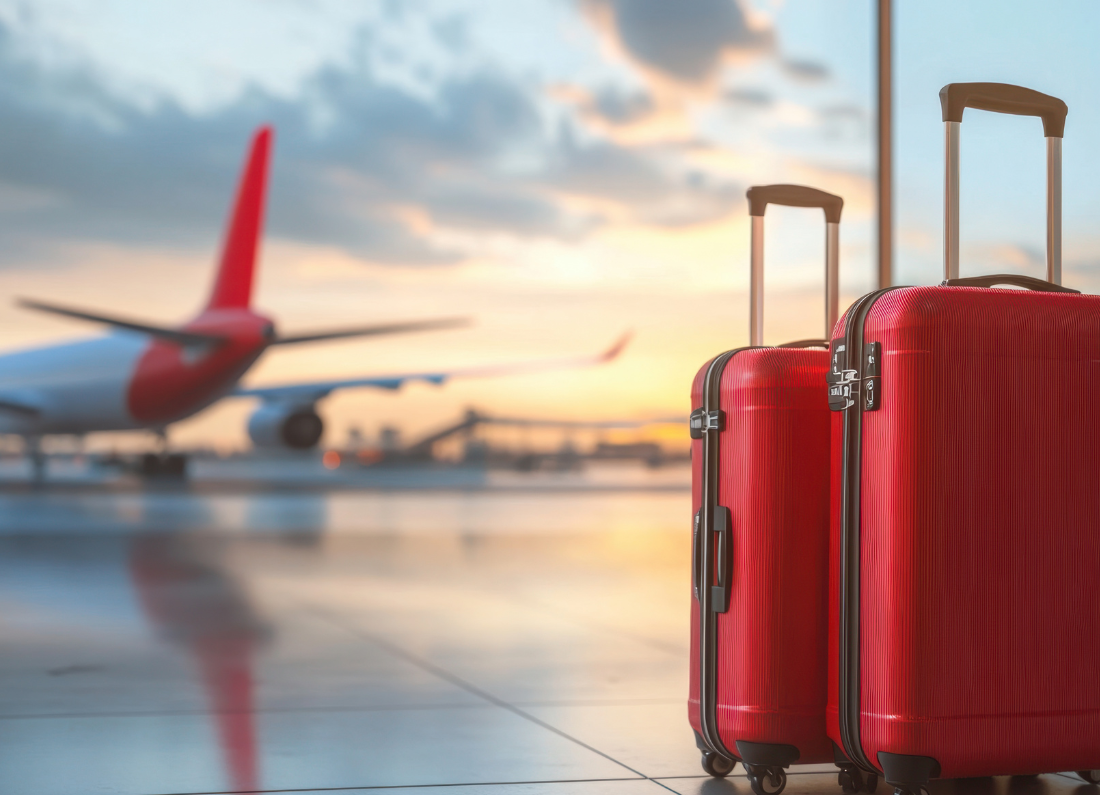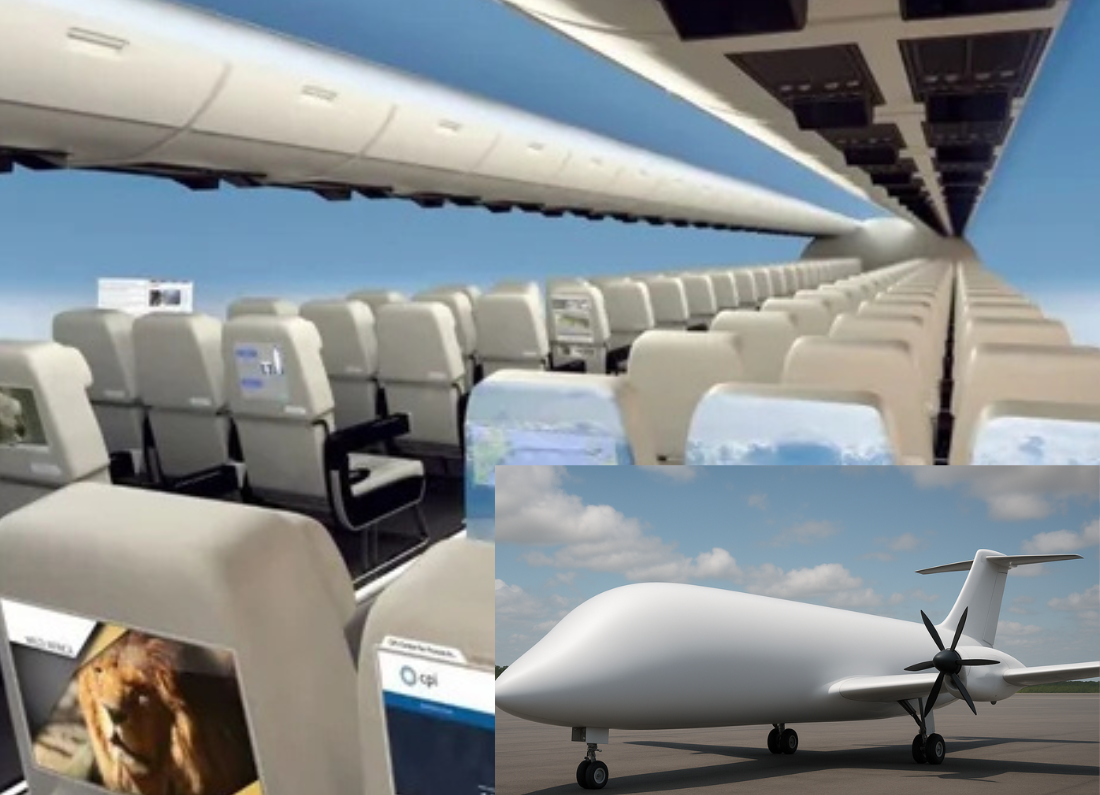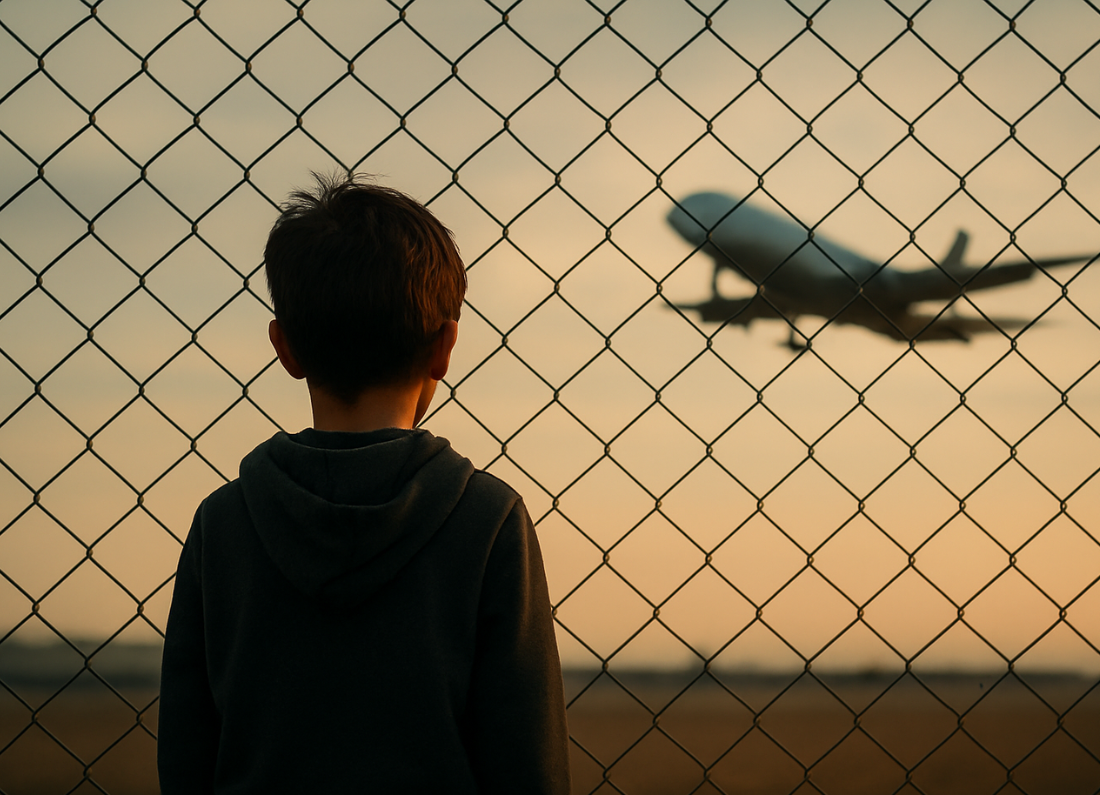The aviation industry is often seen as the pinnacle of human achievement, connecting continents, transporting millions, and supporting global economies. Yet beneath the glossy exteriors of modern aircraft and soaring revenue reports, a troubling reality sometimes emerges: some airlines prioritize profits over safety, with potentially fatal consequences.
The Hidden Cost of Cutting Corners
Operating an airline is an expensive business. Rising fuel prices, competitive ticket pricing, and economic uncertainty all squeeze profit margins. Unfortunately, in the relentless pursuit of financial gain, certain operators have been tempted to reduce costs in areas where compromise should never occur aircraft maintenance, crew training, and safety compliance.
Common Red Flags of Profit-Driven Risk-Taking:
✖️ Delaying or skipping scheduled maintenance to reduce downtime
✖️ Hiring inexperienced or undertrained pilots and technical staff to cut labor costs
✖️ Using older, poorly maintained aircraft beyond their intended service life
✖️ Ignoring regulatory recommendations or pushing back against safety audits
✖️ Pressuring crew to fly in marginal weather or extend duty hours to meet schedules
While these measures may temporarily boost bottom lines, history has shown that they dramatically increase the likelihood of accidents, incidents, and loss of life.
Recent Incidents Expose the Risks
The tragic Air India Flight AI 171 crash in June 2025 serves as a stark reminder of the cost of inadequate maintenance and regulatory oversight. Investigations have pointed to overdue safety checks and a culture of non-compliance, raising concerns that profitability took precedence over rigorous safety protocols.
This incident follows a global pattern seen in various parts of the world, where airlines, particularly those in financial distress or operating under weak regulatory environments, have cut safety corners, often with deadly consequences.
The Role of Regulators and the Public
It falls on aviation authorities to ensure airlines adhere to international safety standards. Strong, independent oversight and regular, unannounced inspections are essential. However, in regions where regulators lack resources, political will, or independence, profit-driven shortcuts can go unchecked.
Passengers, too, play a role. Public demand for ultra-low fares creates pressure on airlines to reduce operating costs, sometimes at the expense of safety. While affordable travel is a positive development, it must never come at the price of human lives.
Profit and Safety Can Coexist If Airlines Commit
The world’s most successful airlines prove that safety and profitability are not mutually exclusive. In fact, maintaining a spotless safety record enhances an airline’s reputation, builds passenger loyalty, and prevents costly accidents, lawsuits, and regulatory penalties.
Investment in modern aircraft, rigorous training, and proactive maintenance ultimately protects both lives and long-term financial stability.
Safety Must Always Come First
Aviation is built on trust passengers trust that the aircraft they board is airworthy, that the crew is trained, and that every possible precaution has been taken. When airlines place profits ahead of safety, they break that trust and gamble with human lives.
The message to the industry is clear: Cutting corners may boost profits temporarily, but the price in reputation, regulation, and tragedy is far greater. Responsible airlines, vigilant regulators, and informed passengers must all work together to ensure safety never takes a back seat to the balance sheet.














Leave a Reply